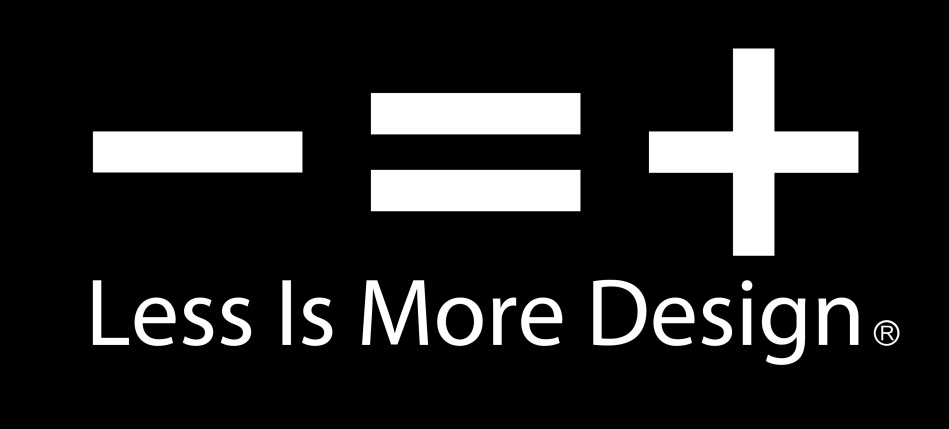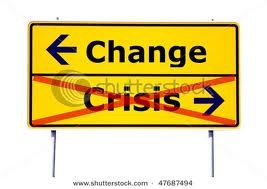My Mistakes
Do you ever think about the mistakes you’ve made in running a business or in life? I would hate to think about the mistakes I have made with the various businesses that I have overseen. If you listed them on a hard drive, you would probably need a gigabit of space. These mistakes include timing, strategy, approach, negotiation, what to focus on, what not to focus on, not keeping it simple, too much process, not enough process, people, and on and on. It just seems endless, and it makes me wonder how I ever had successes, but it also makes me realize why things seem so hard at times. So what do you do?
I would hate to think about the mistakes I have made with the various businesses that I have overseen. If you listed them on a hard drive, you would probably need a gigabit of space. These mistakes include timing, strategy, approach, negotiation, what to focus on, what not to focus on, not keeping it simple, too much process, not enough process, people, and on and on. It just seems endless, and it makes me wonder how I ever had successes, but it also makes me realize why things seem so hard at times. So what do you do?
Well, my simple answer is to not fret too much because mistakes are going to continue to happen. We are all human. The more introspective answer is to learn from the mistakes and avoid making them again. It seems that I get the angriest when I realize that I have made a mistake for the second or even the third time (geez where is a wall I can beat my head against)! I try to ask what caused the mistake and then put a process or approach in place to ensure it doesn’t happen again. If the mistake happens again, I realize that I didn’t take the time to follow up on what I wanted to have in place to start with (oh boy, another mistake)!
One of the mistakes I’ve realized over the past couple of years is not being as focused in a specific niche or vertical within the software space. I have made the excuse that the product side of our business, which is more of the swinging for the fences approach with a lot of strike outs, would be our grand plan. But it is not stable and consistent so we need to have a side that produces cash flow and consistency. That was supposed to be the development of custom software for various businesses. The custom software was ad hock with no real focus and also had a lot of inconsistency. This was not working and for good reason, so it had to change.
We have made changes in our firm to have a specific focus. We have hired and plan around that focus and create an environment of synergy around the health care space. I wrote a blog a while back on the clipper ship strategy, which discusses being flexible and going where the money is, and that is definitely in healthcare. We will tighten this strategy and create a much better outcome and pipeline for our company.
This is one mistake that has been painful, and I will energize us to move forward in a new way. Again, Happy New Year and here is to a making it the best year yet as you and I recover from our previous mistakes!






